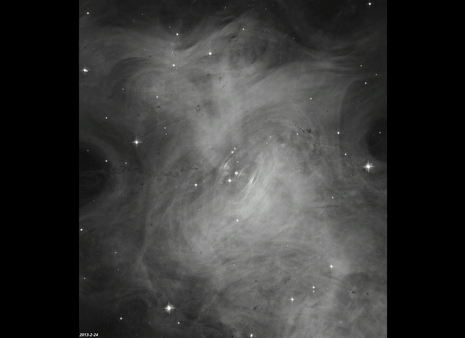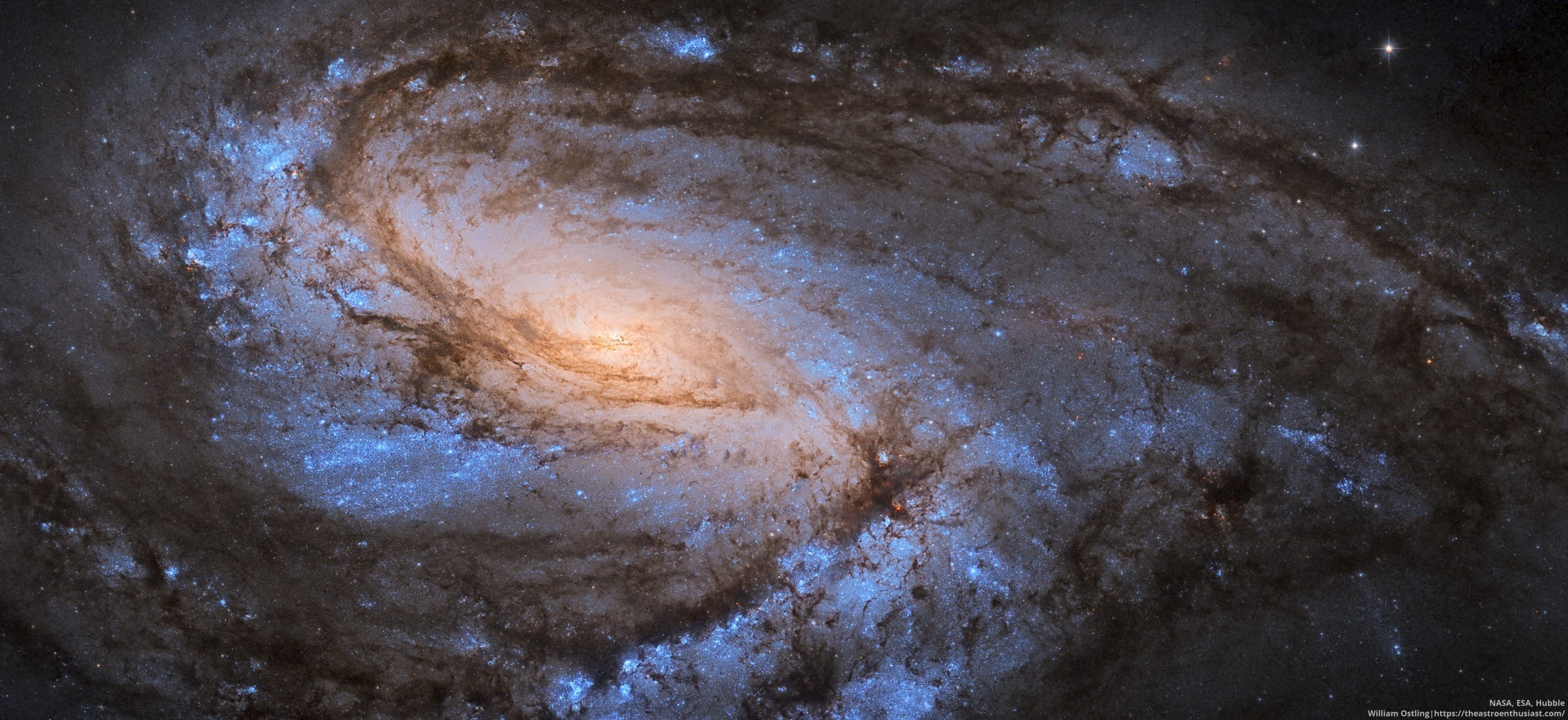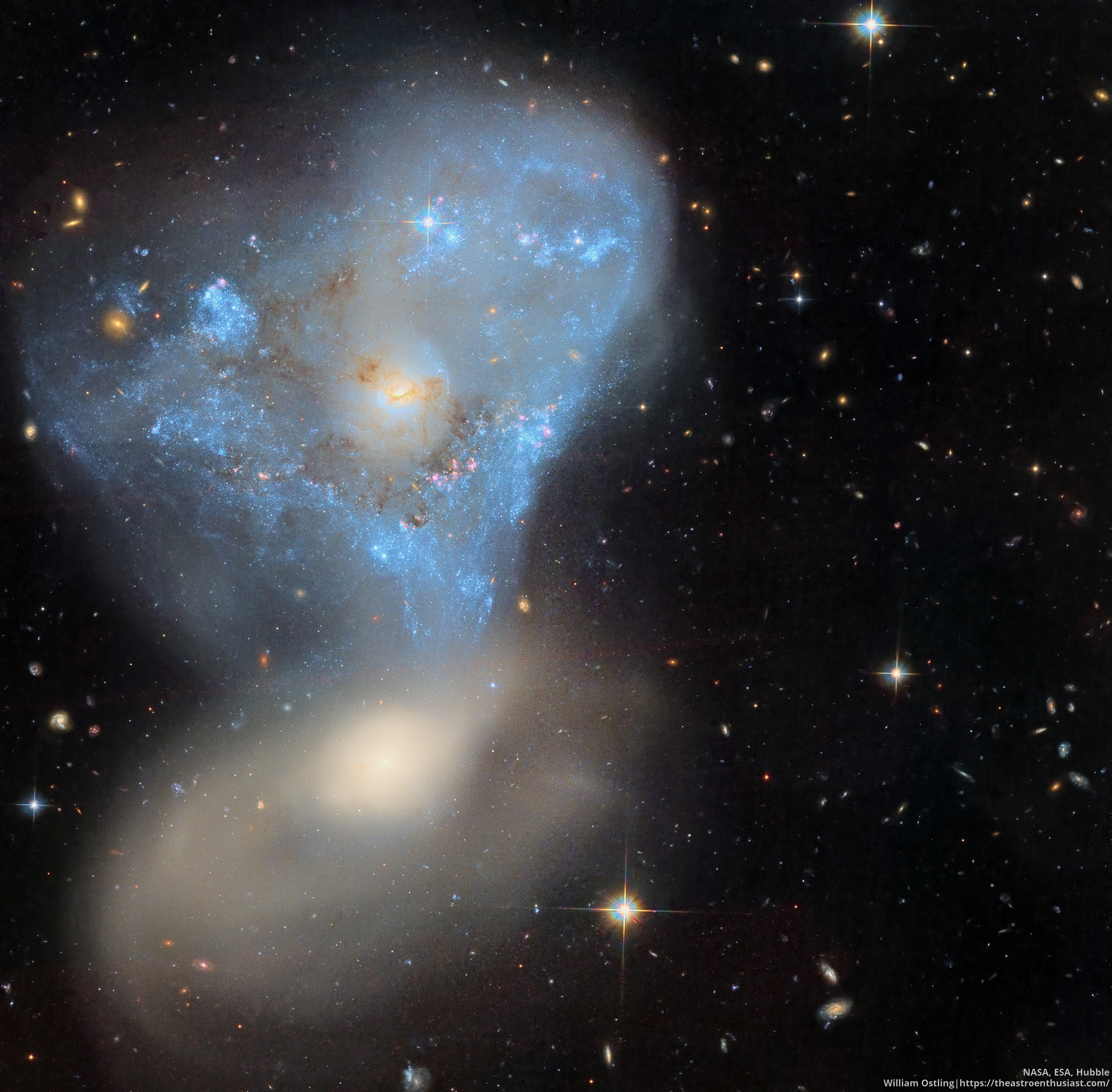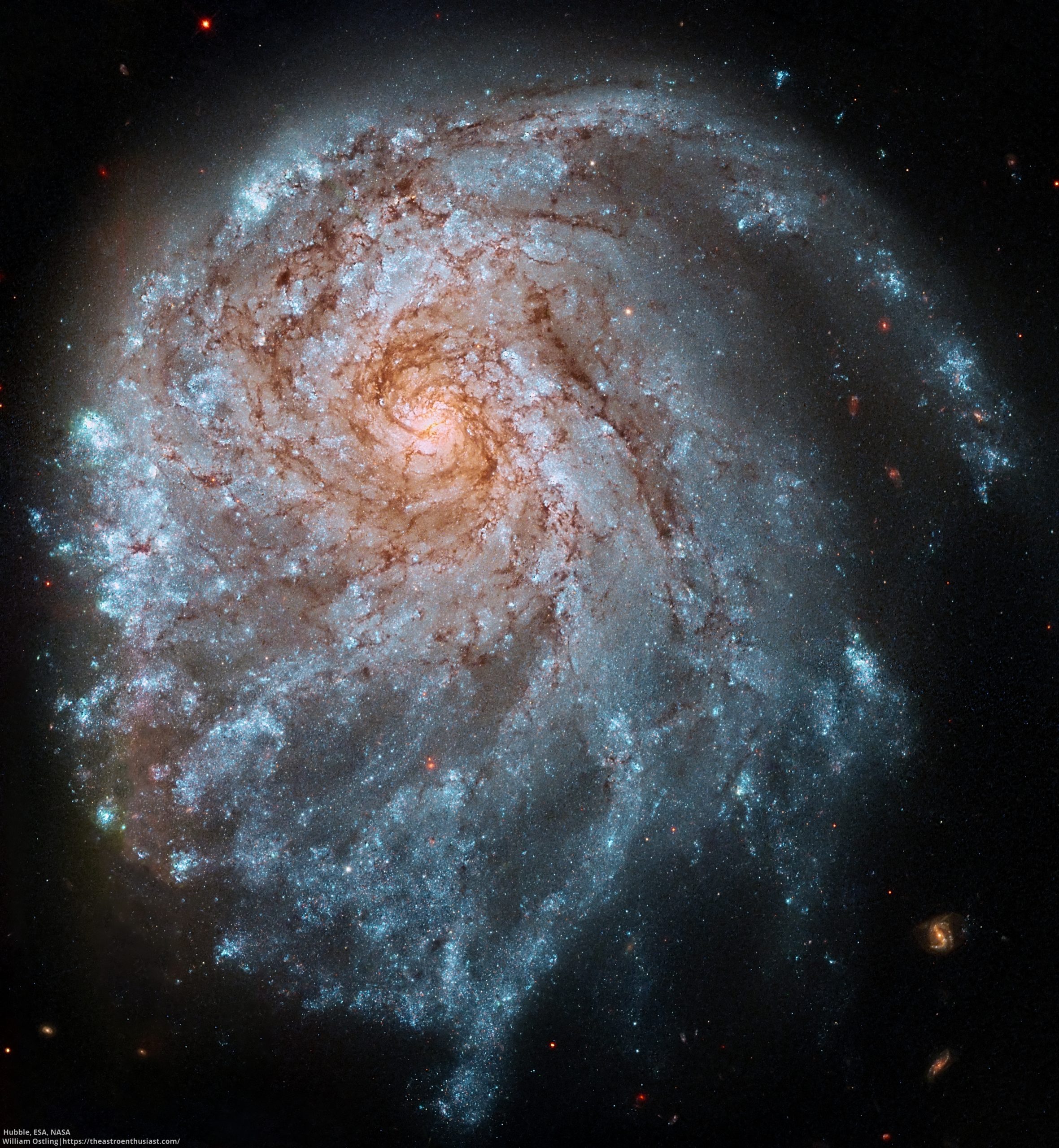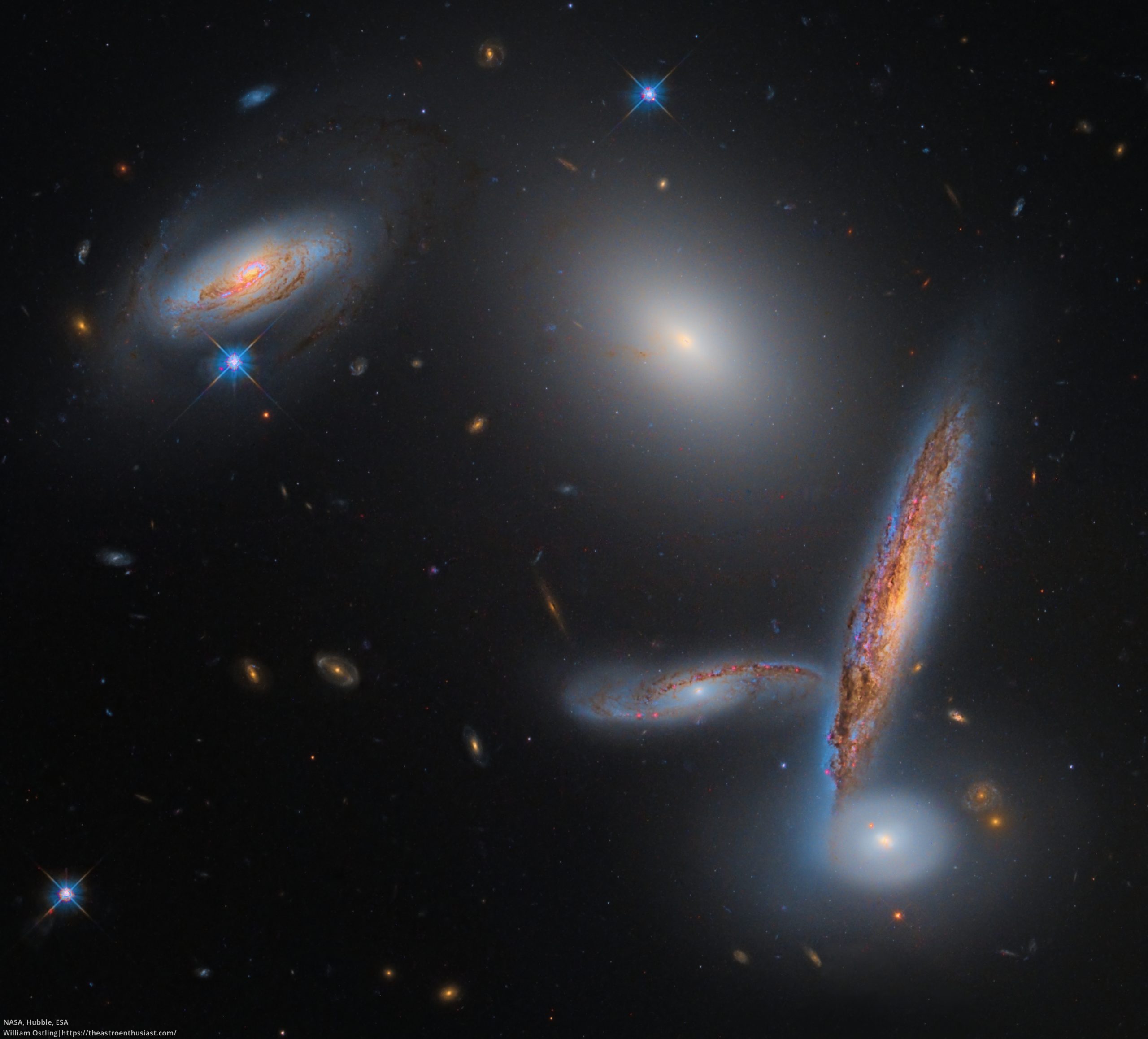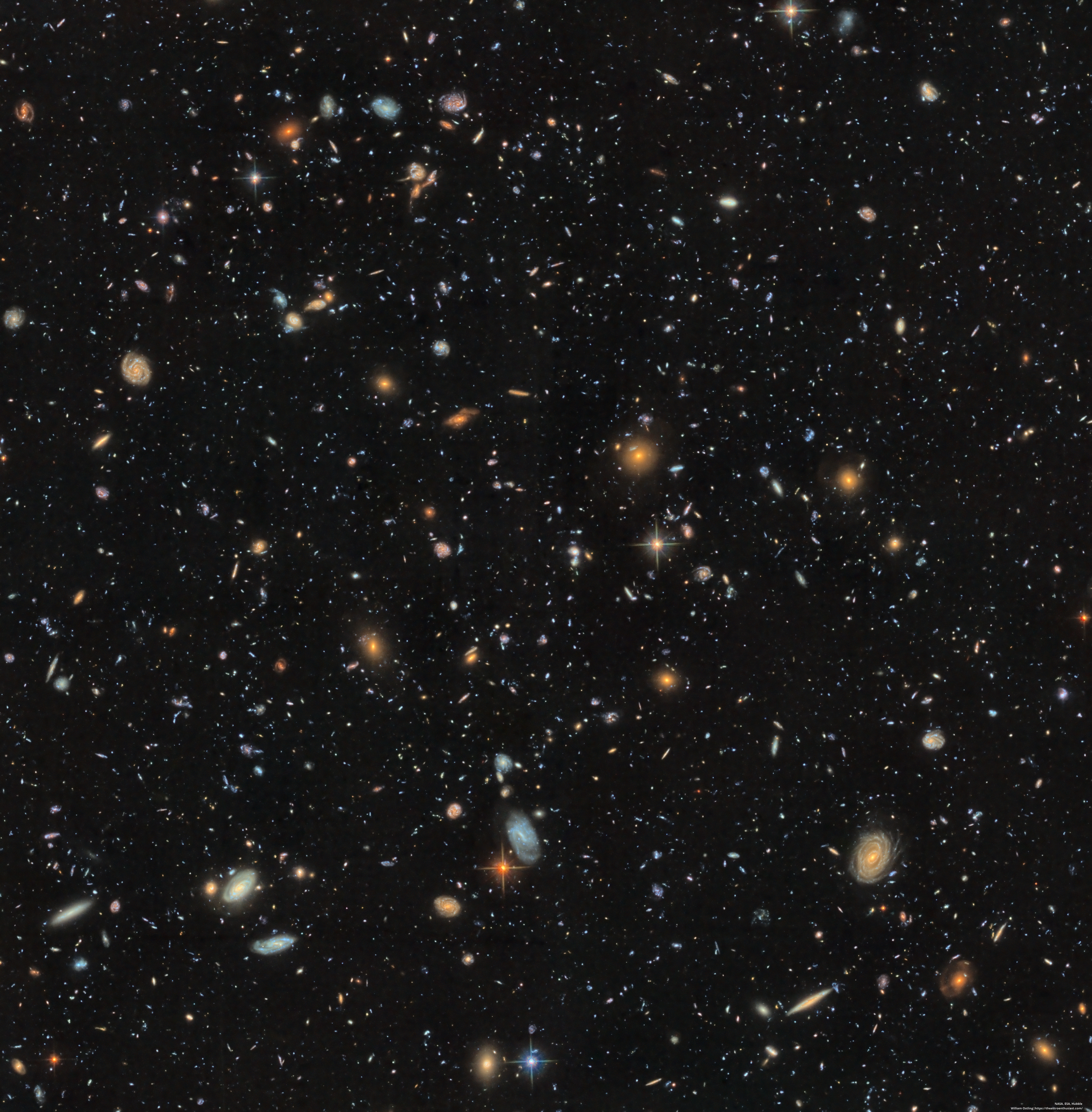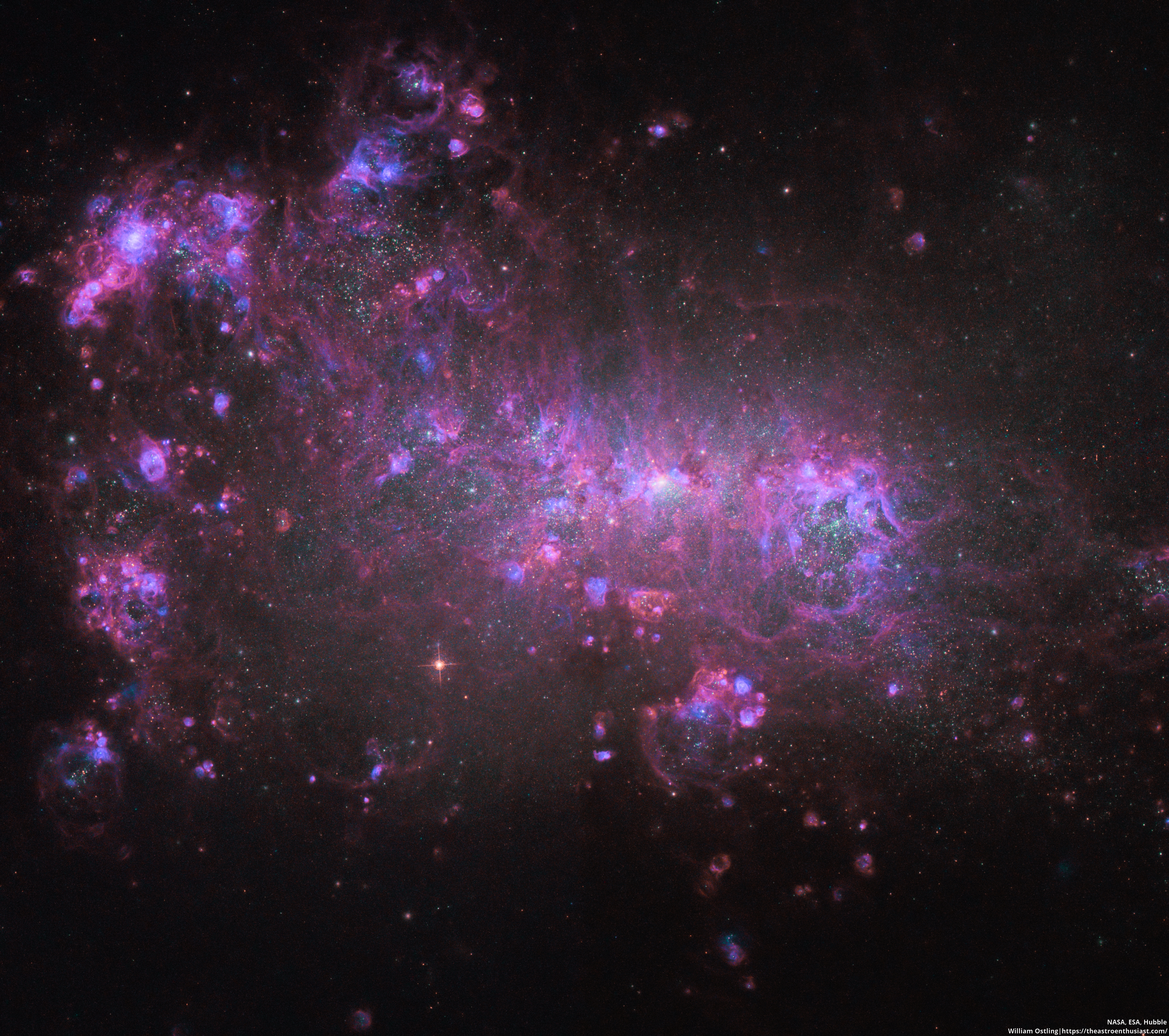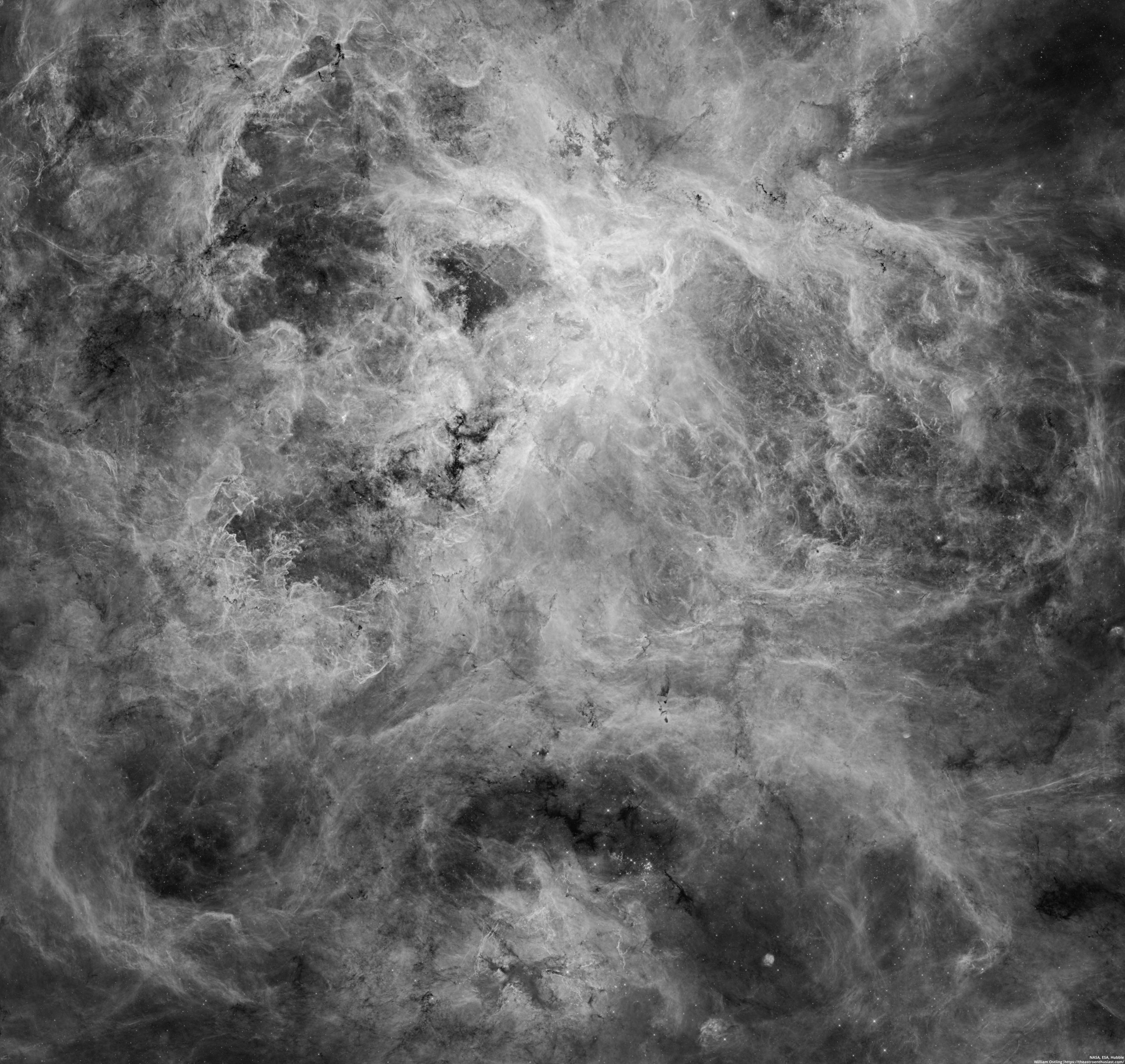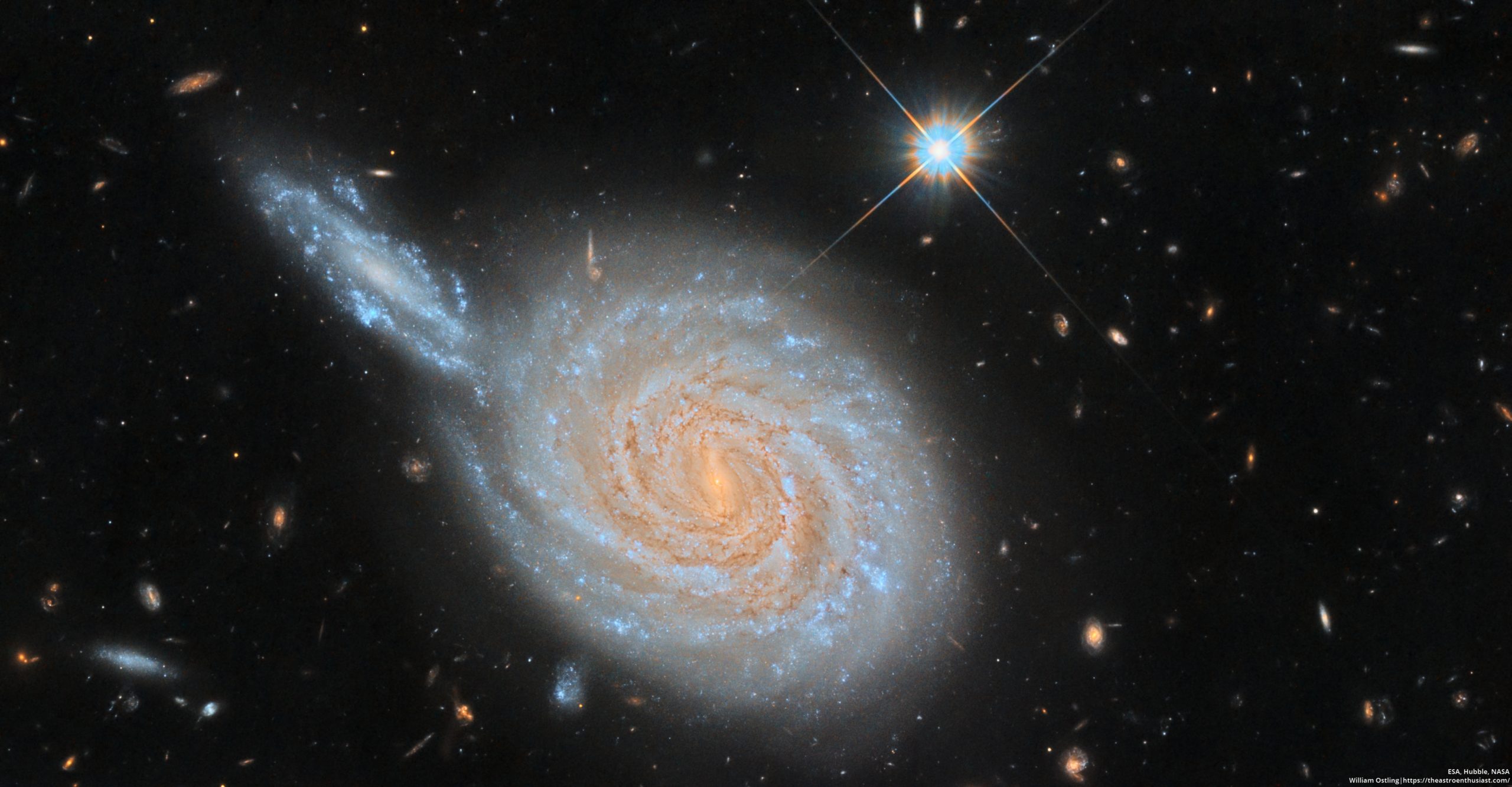Outflows and shockwaves in the the crab nebula – Hubble’s view over the course of 1260 days!
Normally, space is portrayed as static. With objects thousands of light years across, and tens of thousands of parsecs away, what change could we possibly see from earth? Yet in this video of the crab nebula, we see a dynamic object expanding, rife with shockwaves and speeding outflows. Over the course of 1260 days (3.5 years), we can see the gas in the nebula expand at a blistering pace by about 163,296,000,000 kilometers, or about 0.017 light years. So what’s causing these outflows? At the center of […]
Read more